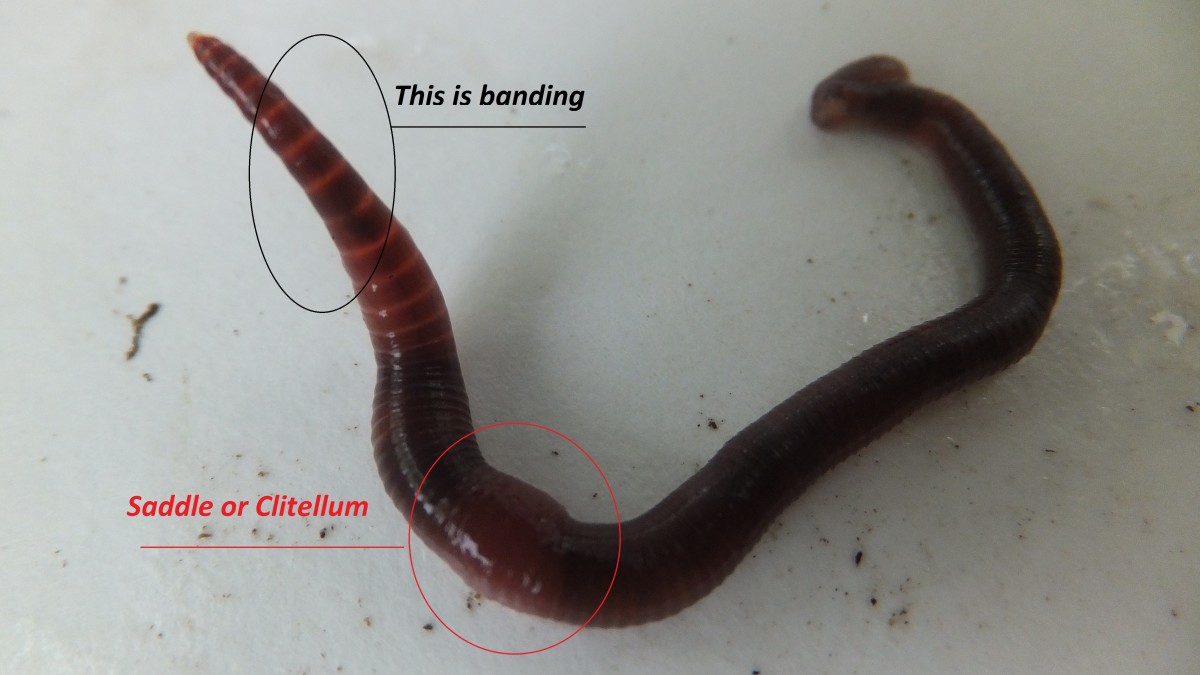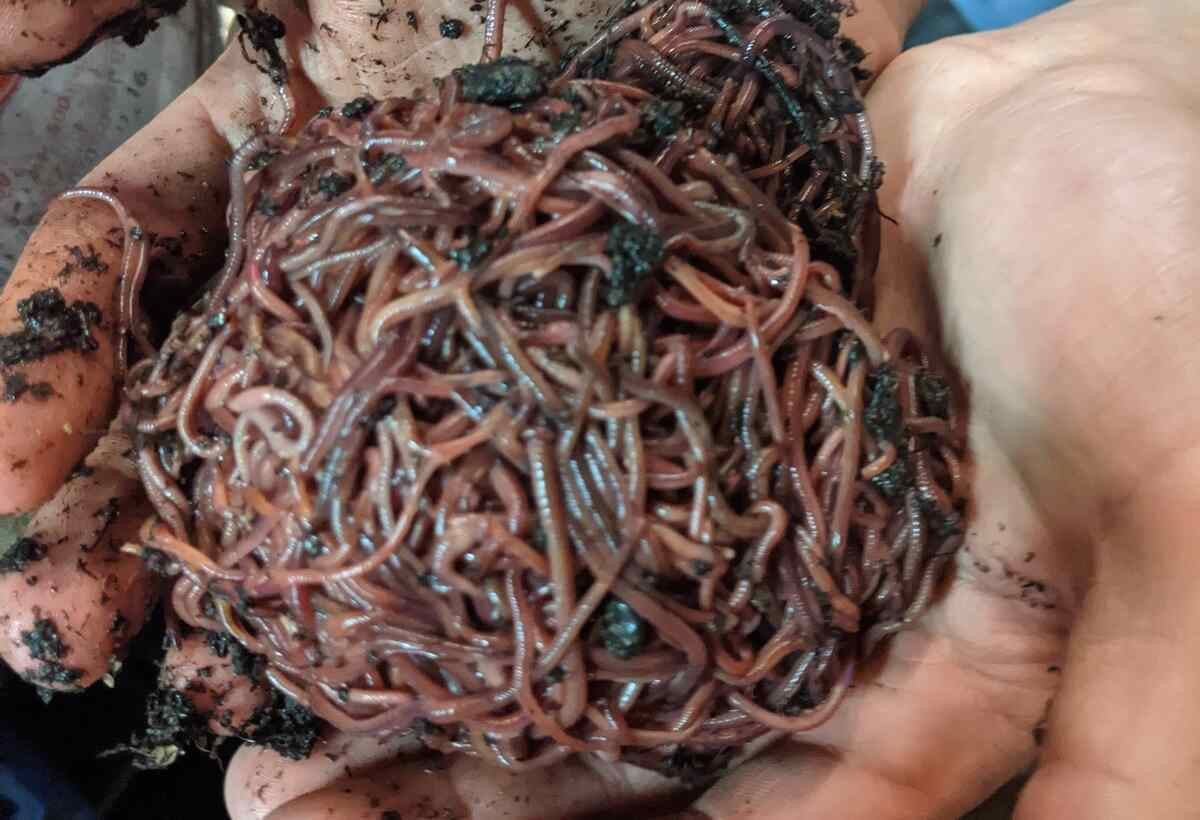Maximize Lawn Growth with Quality Products from Red Wiggler Express
Maximize Lawn Growth with Quality Products from Red Wiggler Express
Blog Article
Open the Tricks of Red Wigglers: Your Guide to Composting Success
The integration of red wigglers right into composting practices presents a substantial possibility for boosting dirt health and advertising sustainability. Recognizing their requirements and actions is vital for enhancing their capacity, from establishing up an appropriate worm container to feeding them the right materials.

What Are Red Wigglers?
(Lake Rhodhiss Bait)Red wigglers, scientifically called Eisenia fetida, are a species of earthworm largely utilized in composting as a result of their exceptional capacity to decompose organic matter effectively. These worms are defined by their reddish-brown pigmentation and a segmented body, generally measuring in between 3 to 4 inches in size. Unlike other earthworm types, red wigglers prosper in abundant, natural settings, making them suitable for vermicomposting systems.
Belonging To The United States And copyright, they are often located in decaying leaves and garden compost stacks, where they play a crucial duty in nutrient recycling. Their adjustment to residing in a wet, cardiovascular setting enables them to take in big quantities of organic waste, simplifying right into nutrient-rich castings that improve soil health.
Red wigglers recreate swiftly, with a solitary worm with the ability of generating numerous cocoons weekly, each including several hatchlings. This rapid reproduction price adds to their efficiency in composting procedures. They favor temperature levels between 60 ° F and 80 ° F, and their activity degree enhances dramatically within this array, further aiding in the disintegration procedure. Recognizing the biology and behavior of red wigglers is crucial for maximizing their capacity in composting applications.
Benefits of Using Red Wigglers
Using the power of red wigglers in composting uses numerous benefits that improve soil wellness and advertise lasting waste management. These impressive organisms successfully break down raw material, changing kitchen scraps and backyard waste into nutrient-rich vermicompost. This completed product is incredibly helpful for plant development, as it improves soil structure, enhances wetness retention, and enhances nutrition availability.

(Red Wiggler Express)In addition, the existence of red wigglers in your composting system can increase the composting process, producing top notch garden compost in a portion of the time contrasted to traditional methods. The castings generated by these worms are also including useful bacteria that better enrich the soil environment.
Setting Up Your Worm Bin
Producing an efficient worm bin is a straightforward procedure that can substantially boost your composting efforts. The very first step is choosing an appropriate container. Worm bins can be made from plastic storage space bins, wood boxes, or commercially check my blog offered worm bins. Make certain the bin has ample drainage and air flow openings to maintain optimal dampness levels and air flow.
Following, prepare the bed linens material, which offers as the worms' environment. A mix of shredded paper, cardboard, and coconut coir works well, offering a comfy setting for the worms.

Feeding Your Red Wigglers
To guarantee the health and wellness and productivity of your red wigglers, it is vital to offer them with a balanced diet plan that fulfills their dietary needs. Red wigglers thrive on a varied array of organic materials, which not only supply required nutrients yet additionally promote effective composting.
Start by incorporating kitchen area scraps such as vegetable peels, fruit cores, and coffee grounds. Stay clear of citrus fruits, onions, and garlic, as these can be destructive to worm wellness. Furthermore, introduce shredded paper, cardboard, and dry leaves to develop a well-aerated setting.
Feeding frequency need to be monitored; generally, worms can consume half their body weight in food weekly. It is crucial to avoid overfeeding, as excess food can result in unpleasant smells and bring in parasites. A good practice is to add food in little quantities, enabling worms to process it before presenting more.
Preserving moisture levels is likewise essential; the bedding must be damp yet not soaked. Lastly, make sure to on a regular basis inspect the temperature level and pH degrees of the container to guarantee an ideal environment for your red wigglers, eventually improving their composting efficiency.
Harvesting and Utilizing Compost
An effective composting process with red wigglers finishes in the abundant, dark compost called vermicompost, which can dramatically improve dirt health and wellness and plant development. Harvesting this nutrient-dense material usually happens every three to six months, depending on the size of your system and the quantity of raw material being processed.
To collect, carefully separate the garden compost from the worms and any type of undecomposed materials. One efficient technique entails moving the materials of the container to one side and adding fresh bed linen and food to the void, encouraging the worms to migrate. After a couple of days, the compost can be gathered from the contrary side.
It is crucial to use vermicompost correctly to maximize its benefits. By incorporating vermicompost into your horticulture program, you not just recycle natural waste yet additionally produce a successful environment that sustains sustainable gardening methods.
Conclusion
In summary, red wigglers offer as extraordinary allies in composting initiatives, changing organic waste right into nutrient-rich vermicompost. By comprehending the optimum conditions for their environment, feeding needs, and garden compost harvesting techniques, garden enthusiasts can improve soil health and promote plant vitality.
Report this page